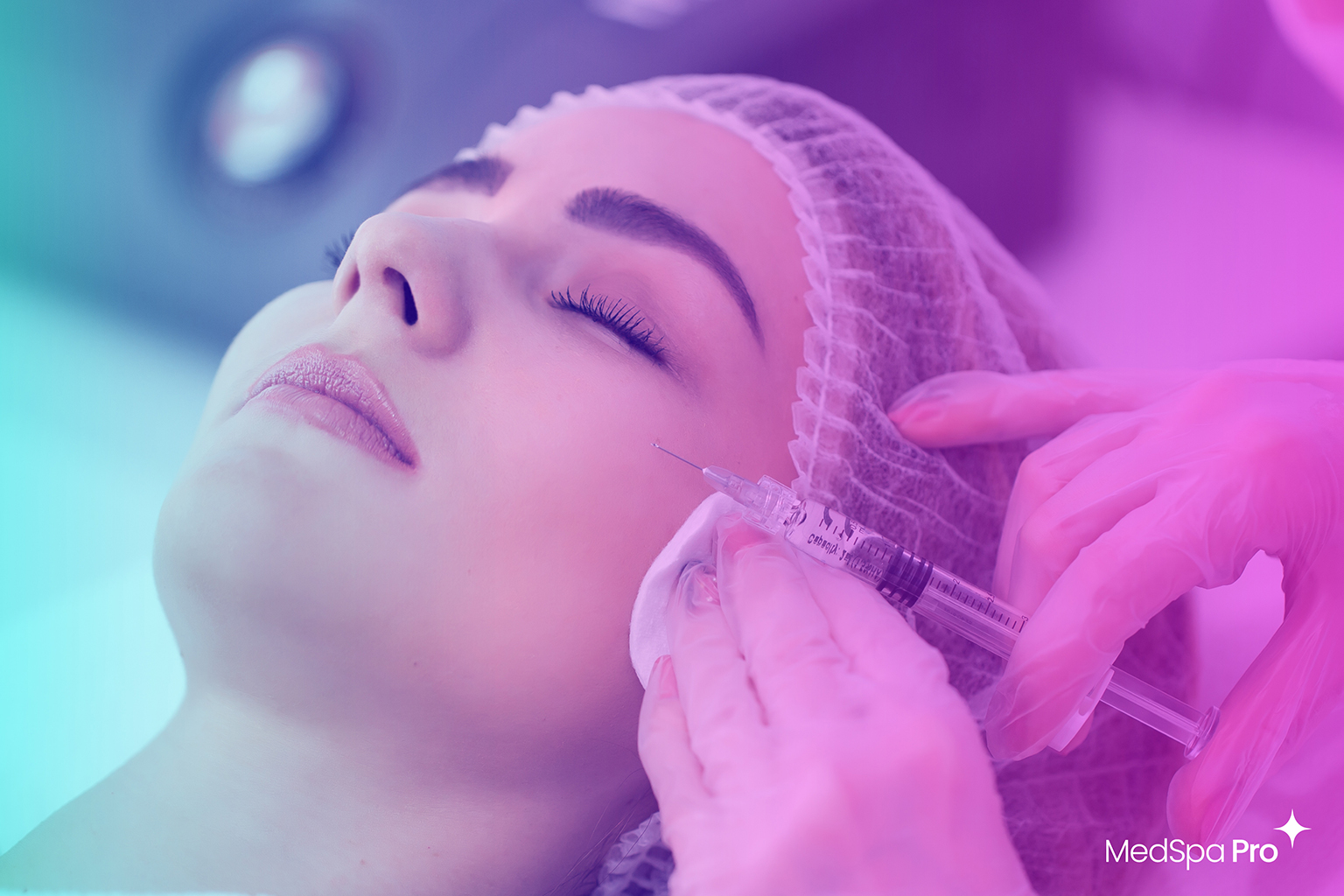
The landscape of medical aesthetics is constantly evolving, undergoing fascinating transformations as we embrace innovation and new techniques. More than just smoothing wrinkles or restoring lost volume, today’s aesthetic treatments are redefining the possibilities of non-surgical rejuvenation.
As we move through 2025, cutting-edge technologies and advanced techniques are taking center stage, poised to reshape the future of injectables and aesthetic medicine. From combination approaches to personalized treatment plans, the injectable industry is thriving and shows no signs of slowing down.
With shifting patient preferences and the continuous evolution of techniques, staying ahead of the latest trends is essential for medical aesthetic professionals. So, what’s next for injectables in 2025 and beyond?
With the growing demand for subtle, natural-looking enhancements, the aesthetics industry is seeing a shift away from the outdated trend of overfilled lips and frozen expressions. Recent advancements in injectable techniques, combined with evolving patient preferences, have led both practitioners and clients to prioritize a more balanced and refined look.
This approach focuses on harmonizing with a patient’s unique features, creating results that are both seamless and sophisticated. With this evolution comes a move away from isolated, "spot-treatments" that address singular areas of concern and instead a growing emphasis on full-face assessment.
The concept of full-face rejuvenation has gained significant traction. This approach allows for highly personalized outcomes, moving away from the one-size-fits-all mentality. By considering the face holistically and working with its natural contours and proportions, injectors can achieve results that are more natural, balanced, and long-lasting.
While hyaluronic acid fillers remain a cornerstone in the world of injectables and facial rejuvenation, we are now witnessing a significant shift toward biostimulatory products like Sculptra and Radiesse. These innovative treatments, with their unique ability to stimulate the body’s natural collagen production, offer patients results that are both gradual and long-lasting.
As the demand for these products grows, the importance of mastering the skills, knowledge, and techniques to leverage them effectively has never been greater. Injectors who can create treatment plans tailored to each patient’s unique needs can achieve both immediate enhancements and long-term improvements.
A growing number of Millennials and Gen Z patients are turning to preventative treatments that focus on early intervention rather than correction, aligning with the "less is more" philosophy. These subtle approaches provide natural-looking results, allowing patients to maintain facial movement and expression while minimizing the likelihood of deeper wrinkles forming over time.
"Baby Botox" has become a go-to treatment for many younger patients looking to take a proactive approach to aging, using lower doses of neuromodulators to soften fine lines before they become deeply etched. Additionally, microdosing techniques—where injectors administer ultra-small amounts of Botox® in strategic areas—are gaining traction, offering a refreshed appearance without the risk of an overly frozen look.
The surge in GLP-1 medications for weight loss has led to a noticeable increase in patients seeking aesthetic treatments to address facial volume loss. As these medications contribute to significant fat reduction, many individuals experience side effects such as increased skin laxity, sagging, and a more hollowed appearance.
With these changes, many patients are turning to aesthetic providers in hopes of restoring lost volume and regaining a balanced, refreshed look. In response, the aesthetics industry has adapted with innovative treatment approaches designed specifically for facial volume loss patients. These strategies aim to restore natural contours while maintaining the slimmer appearance achieved through weight loss.
As consumers become more aware of the importance of science-backed skincare, the demand for clinically proven, results-driven formulations has surged. The aesthetics industry has responded by prioritizing medical-grade products that are supported by rigorous research, clinical trials, and dermatologist-backed data.
As a result, personalized treatment plans and targeted skincare regimens are reshaping the way patients approach their aesthetic goals. Alongside minimally invasive treatments, these advanced formulations are playing a key role in optimizing skin health, prolonging the results of aesthetic procedures, and offering non-invasive solutions for concerns like aging and skin barrier repair.
As we look ahead, 2025 is shaping up to be an exciting year for injectable treatments and advancements in aesthetic medicine. For aesthetic professionals, it is not enough to merely be aware of these emerging trends; mastering the latest techniques and safety protocols is essential for success. Staying up-to-date with the latest innovations and integrating them into your practice through ongoing education is the best way to get ahead and secure your position in the industry.
If you’re ready to elevate your injectable expertise and embrace these new trends that are set to shape 2025, join us for the MedSpa Pro Extenders Program in Chicago on May 2-3, 2025. This intensive two-day experience includes hands-on cadaver dissection, comprehensive anatomy review, and full-face injection strategies taught by industry experts Joseph Russo, MD, Barry DiBernardo, MD, and Jason Pozner, MD. Limited seats are available for this exclusive program. Visit the MedSpa Pro events page to find out more and secure your spot!